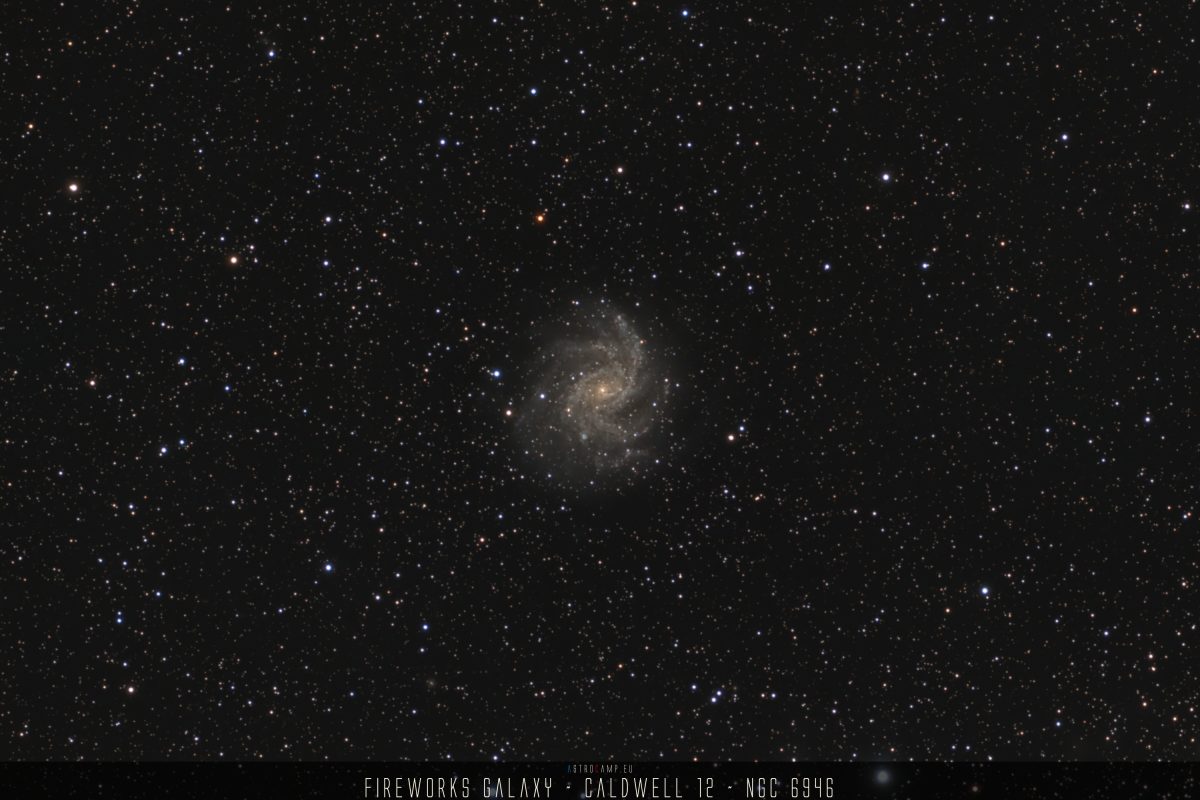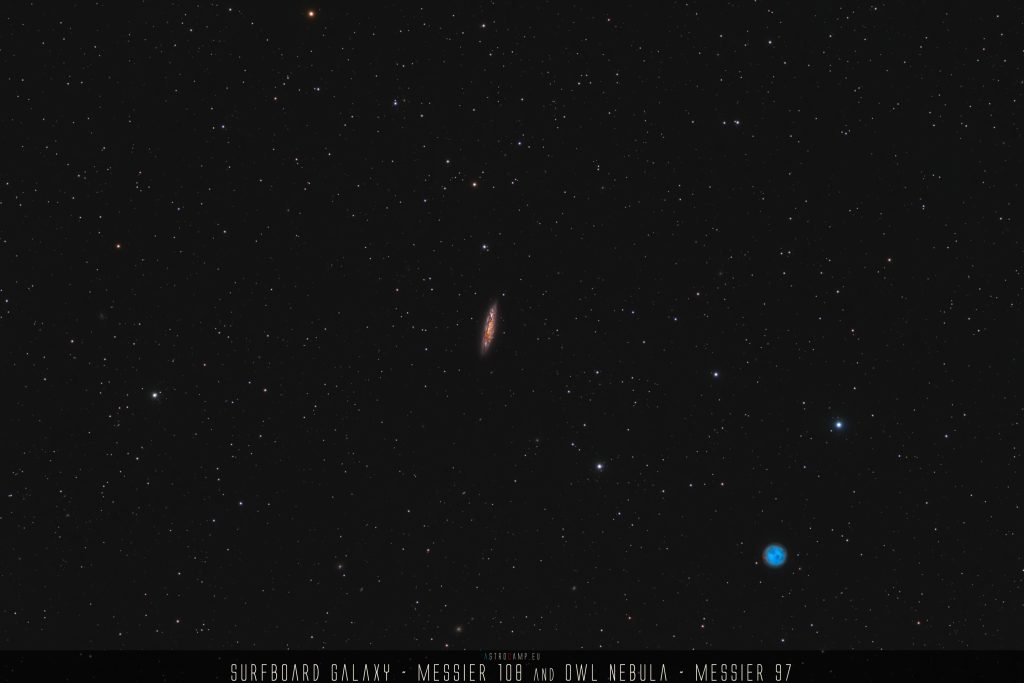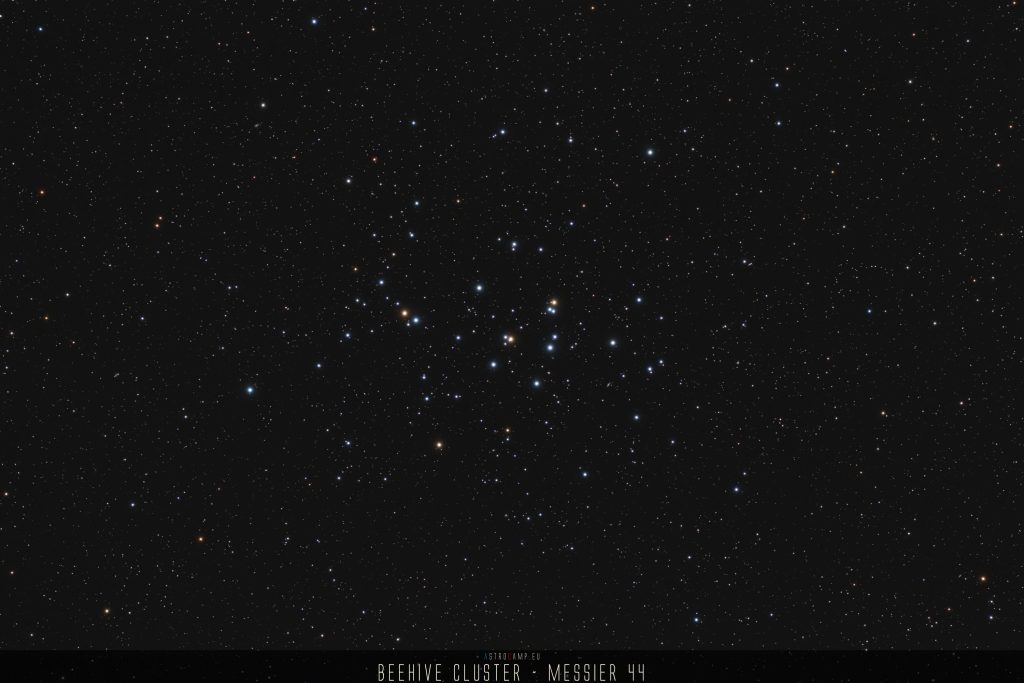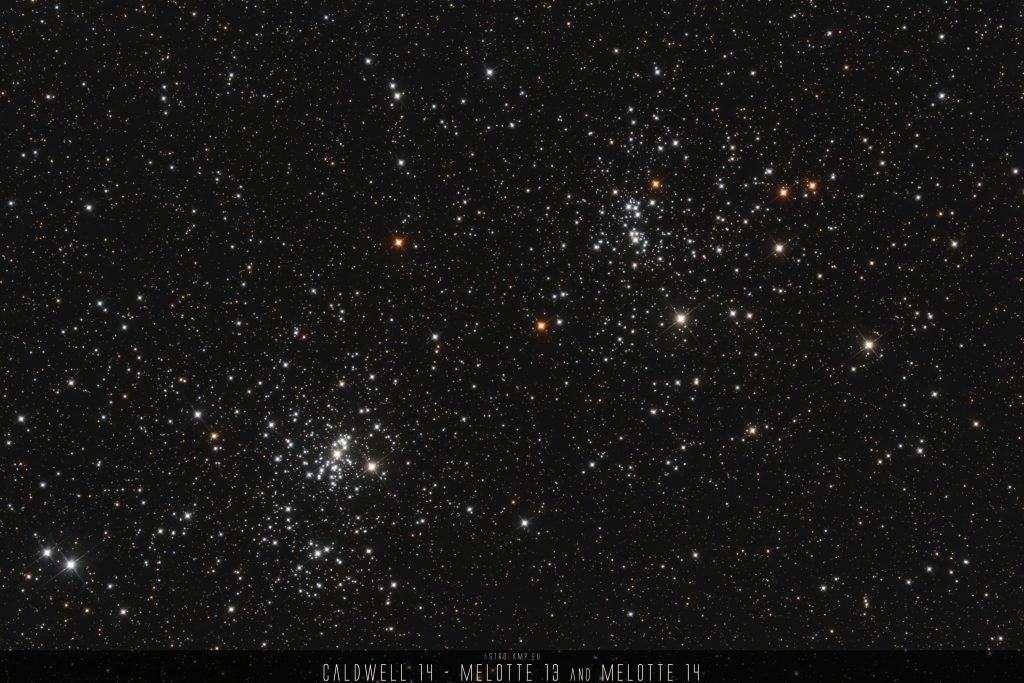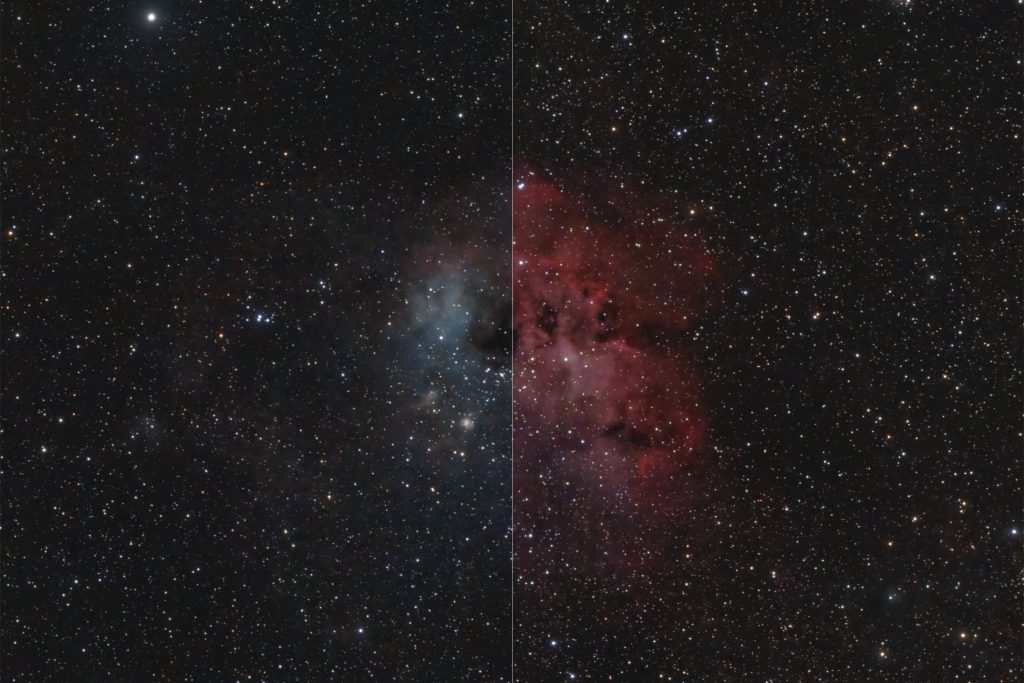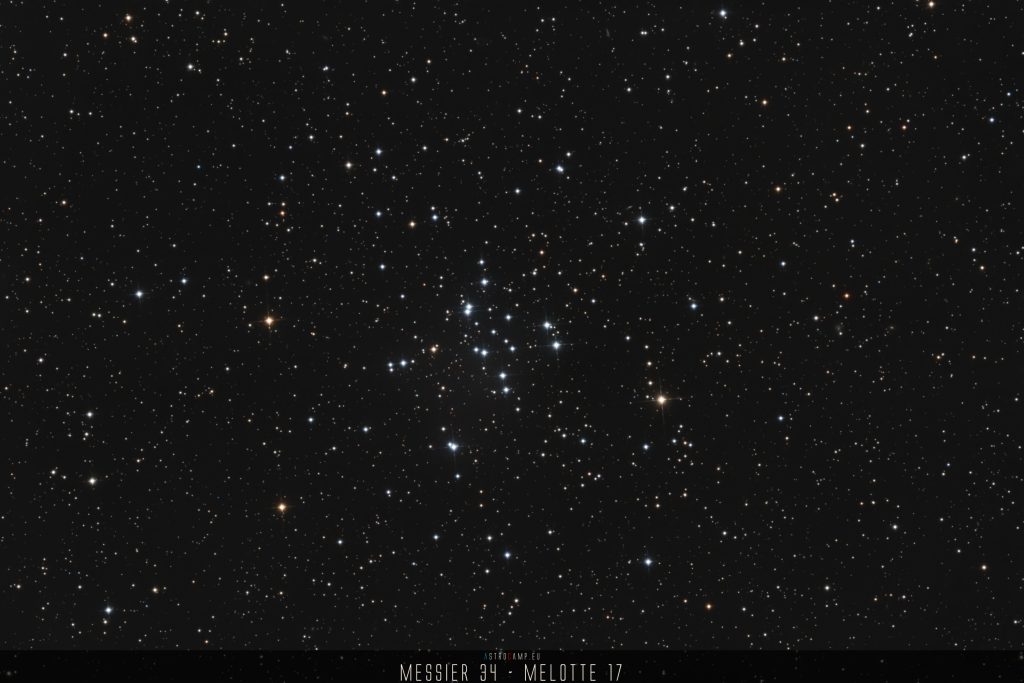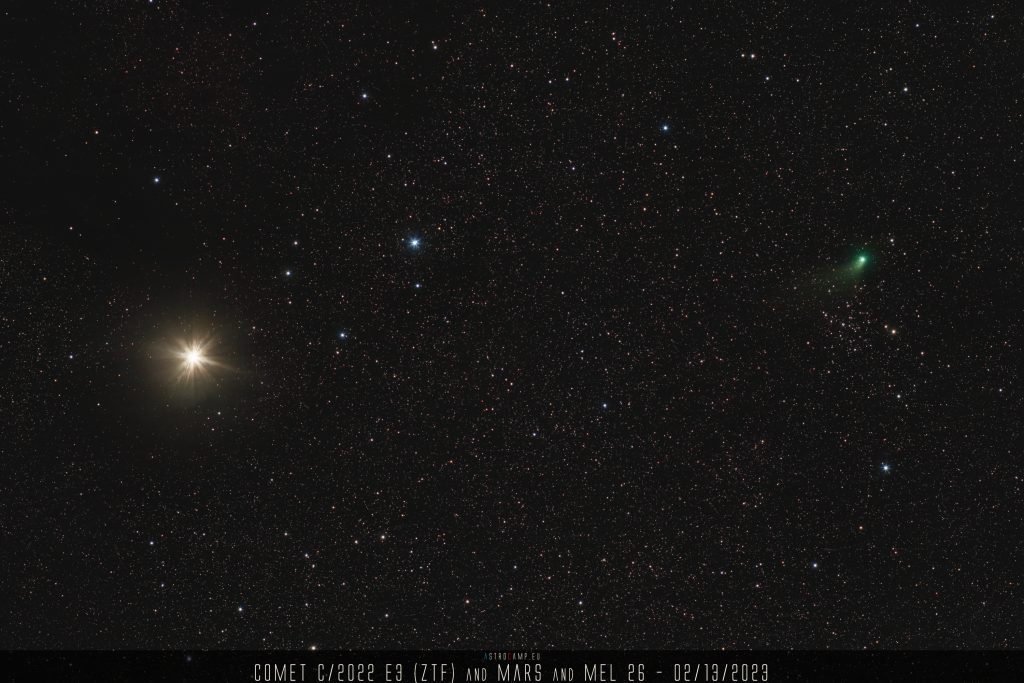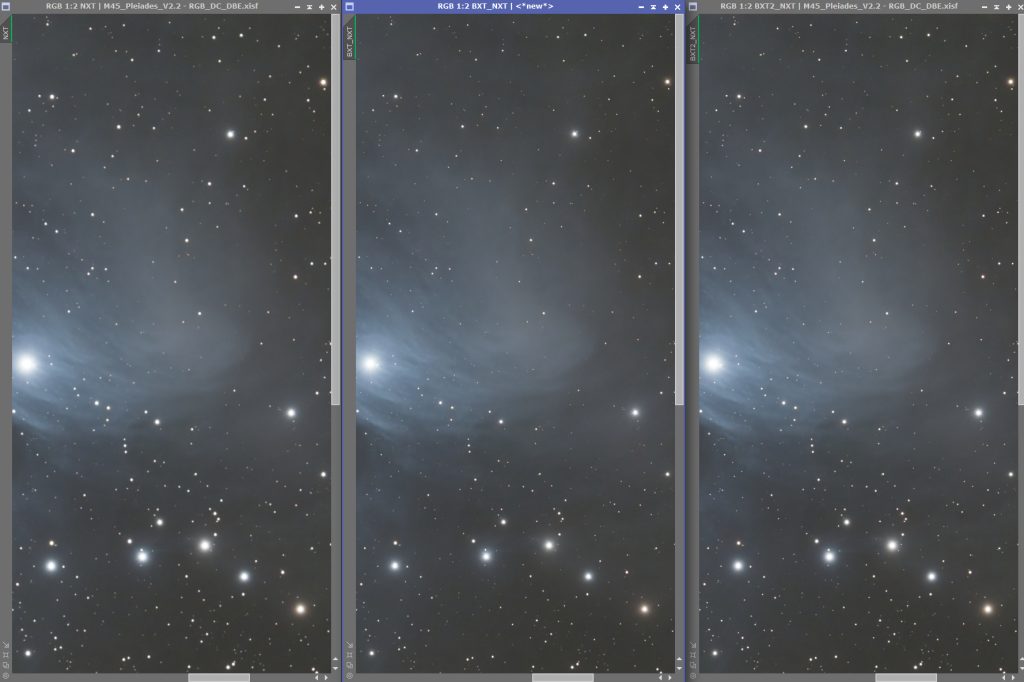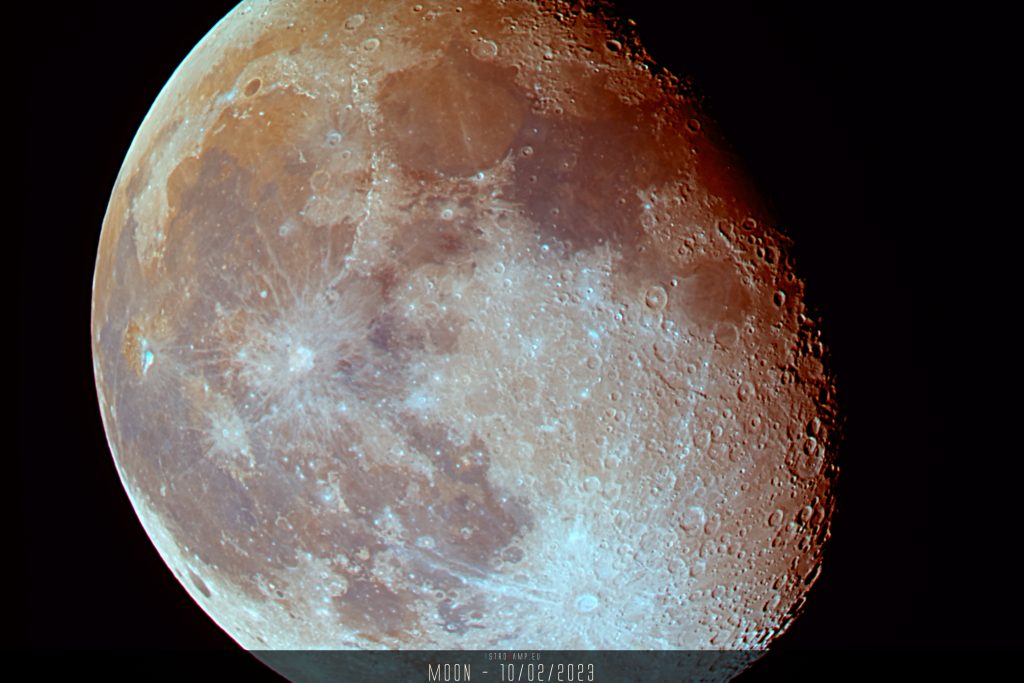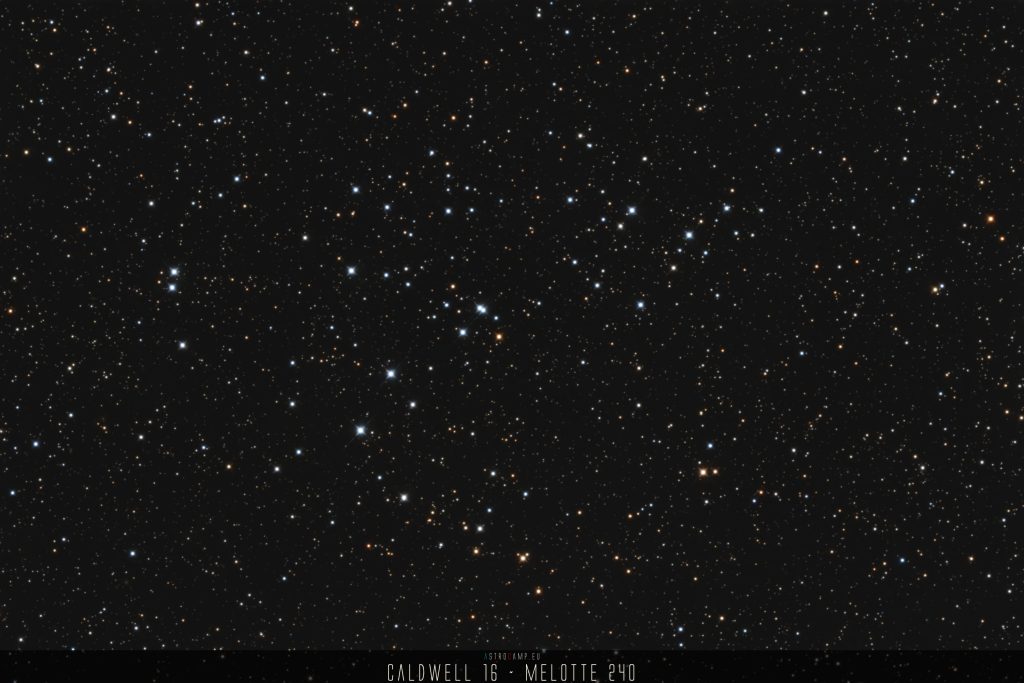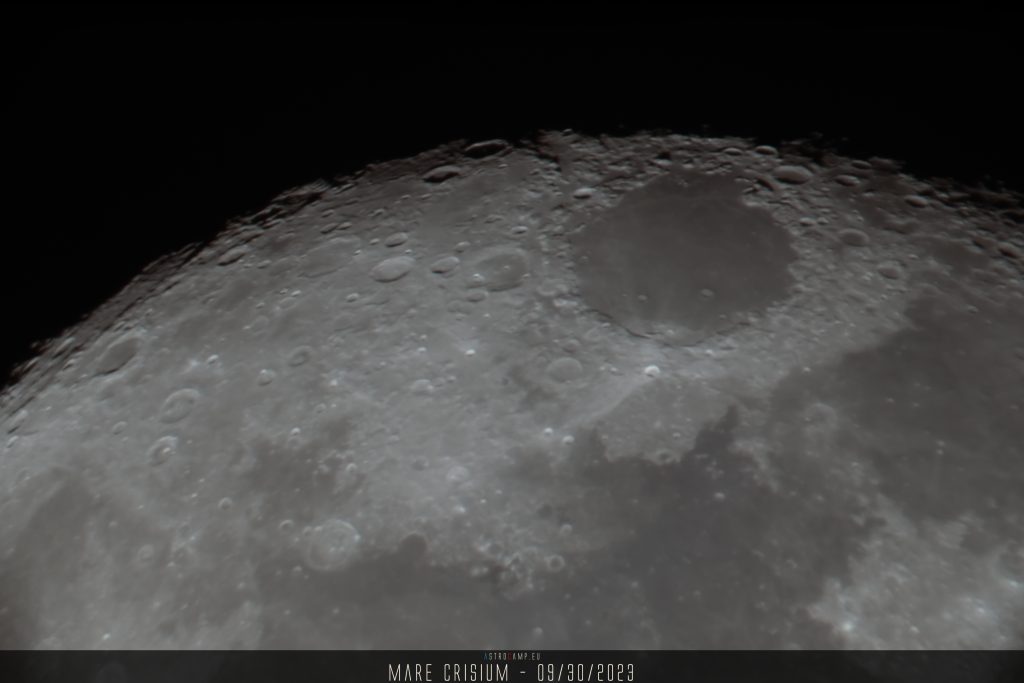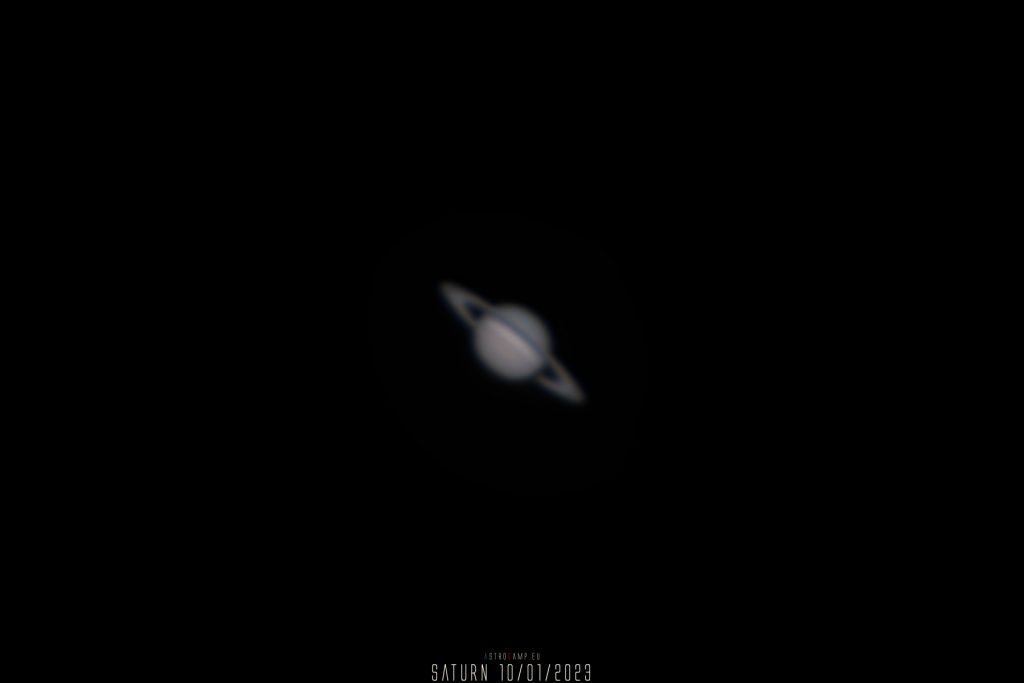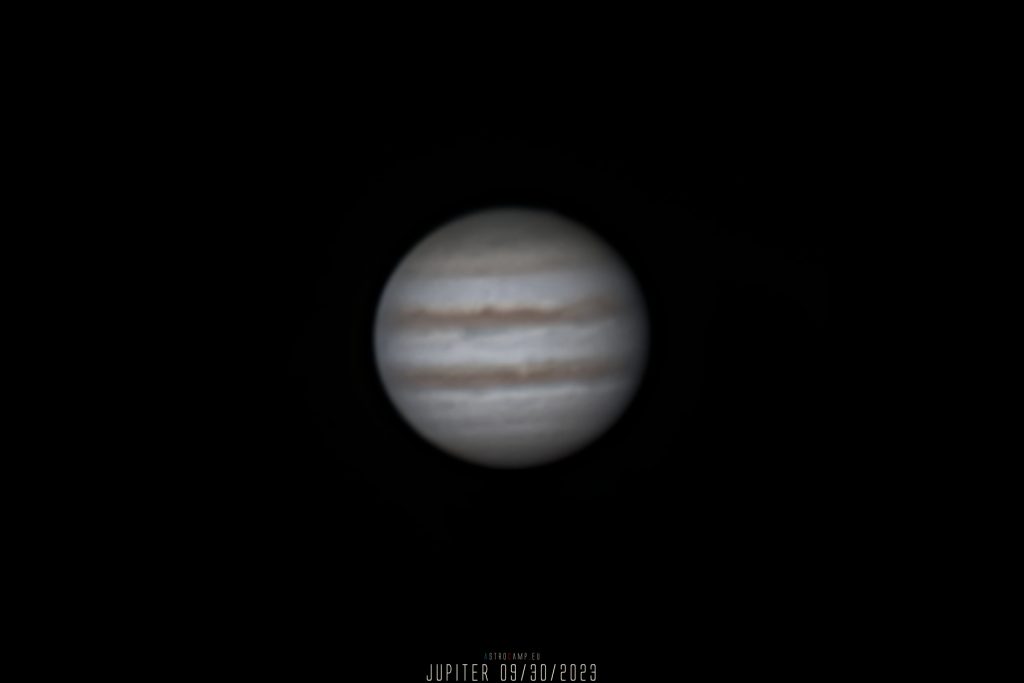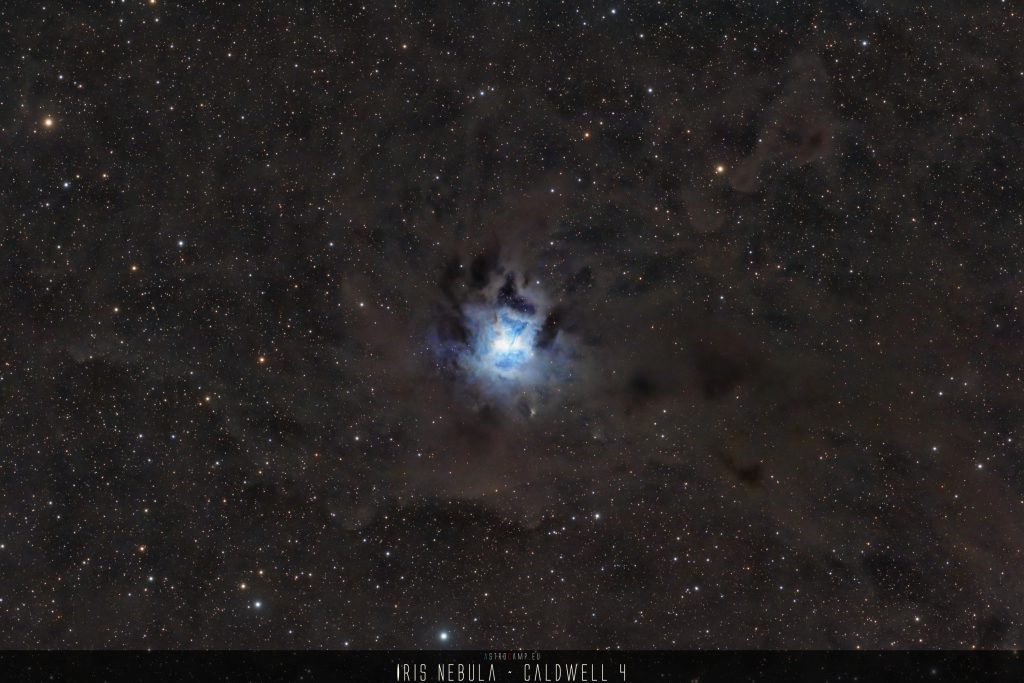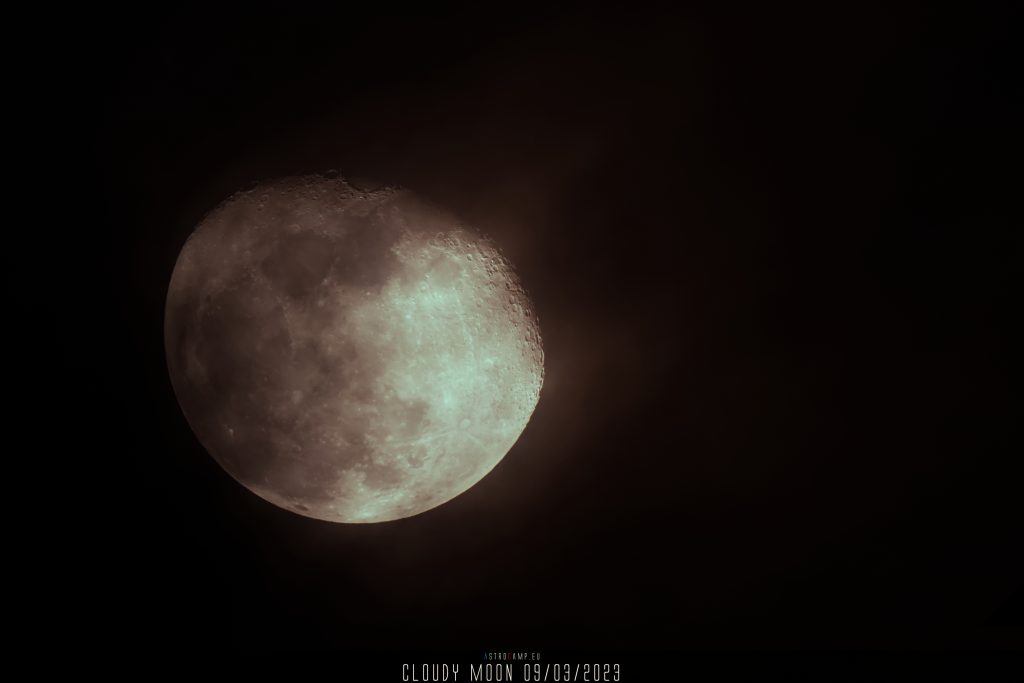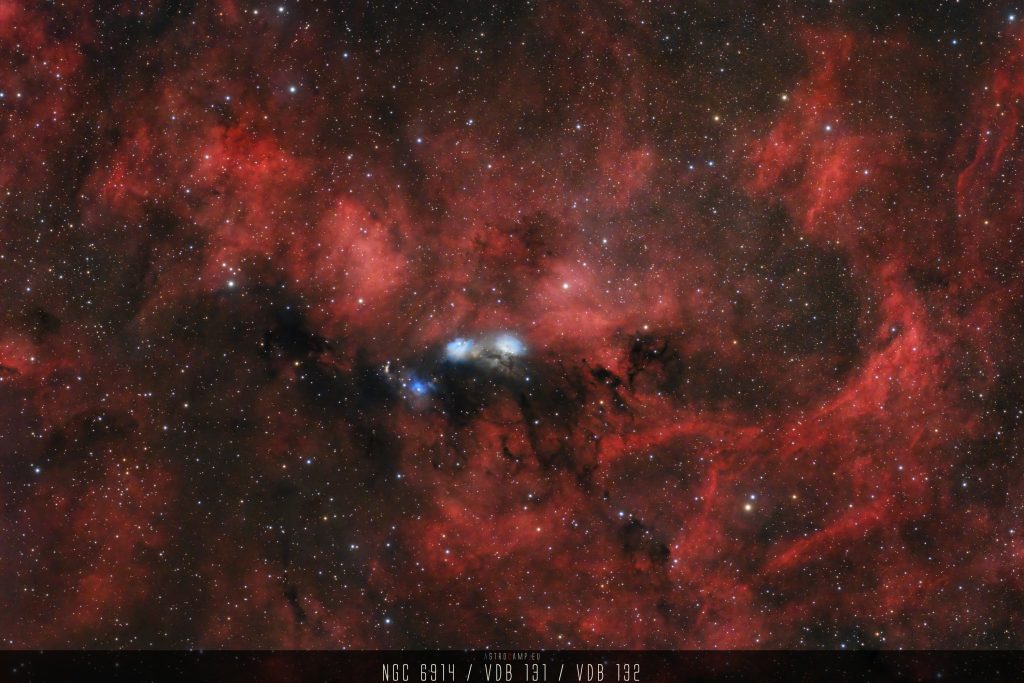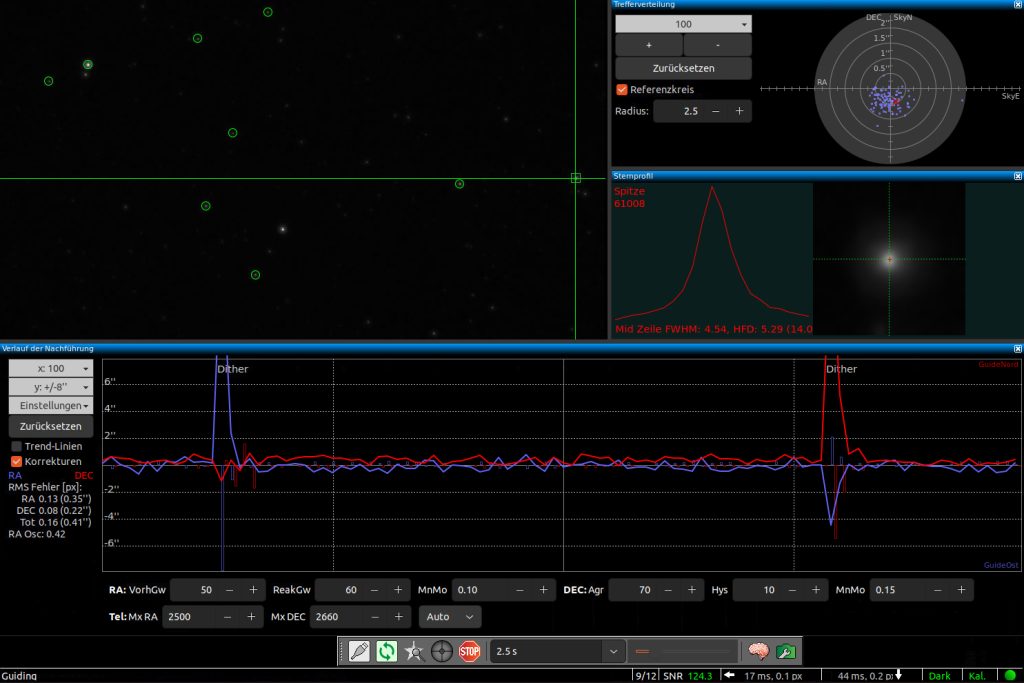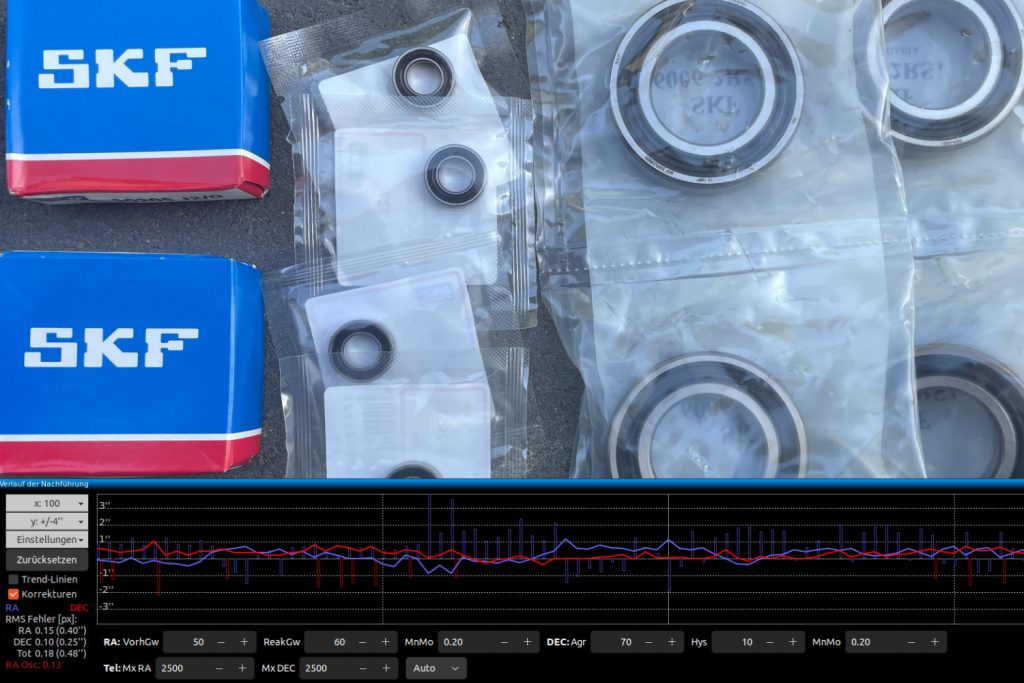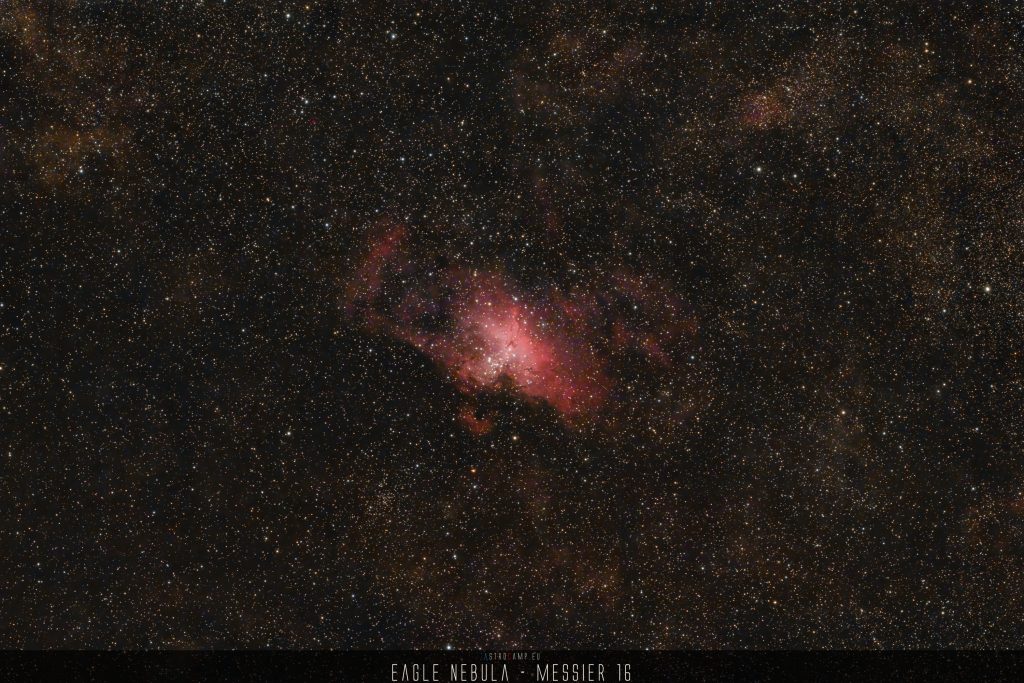The Fireworks Galaxy, also known as NGC 6946, is a spiral galaxy located in the constellation Cygnus. It earned its nickname due to the unusually high number of supernovae observed within its confines. This galaxy is positioned about 22 million light-years away from Earth, making it relatively close in cosmic terms. NGC 6946 has a prolific history of supernova events, and its dynamic nature has made it a subject of interest for astronomers studying stellar explosions and galactic processes.
Location and neighborhood
The Fireworks Galaxy, or NGC 6946, is located in the northern celestial hemisphere and can be found in the constellation Cygnus, the Swan. Its celestial coordinates are approximately right ascension 20h 34m 52s and declination +60° 09′ 14″ (J2000 epoch). In the night sky, observers in the northern hemisphere can spot Cygnus during the summer and autumn months. The Fireworks Galaxy’s position within Cygnus makes it visible to stargazers in this region during those seasons. It’s worth noting that the visibility of celestial objects depends on factors such as local time, light pollution, and atmospheric conditions.
The Fireworks Galaxy, Caldwell 12, resides in a region of the universe that is part of the Local Group, a collection of galaxies that includes our own Milky Way. The Local Group is a small cluster of galaxies bound together by gravity. Within the Local Group, the Fireworks Galaxy is associated with a subgroup known as the Maffei 1 Group.
Unique facts
- The Fireworks Galaxy, or NGC 6946, has earned its nickname due to its remarkable history of supernovae occurrences. It’s often referred to as one of the most prolific supernova factories in the observable universe, with at least 10 supernovae recorded within its spiral arms in the past century.
- The Fireworks Galaxy is relatively close to our own Milky Way, positioned at a distance of approximately 22 million light-years. This proximity makes it an accessible target for detailed observational studies, contributing to our understanding of galactic processes and stellar phenomena.
Brightness and size
The Fireworks Galaxy, or NGC 6946, is a relatively large and luminous spiral galaxy. Here are some details about its brightness, physical size, and dimensions:
NGC 6946 has an apparent magnitude of around 9.6. This puts it in the range of objects visible with amateur telescopes under reasonably dark skies. However, its visibility can be affected by factors such as light pollution and atmospheric conditions.
The physical size of the Fireworks Galaxy is quite substantial. Its diameter is estimated to be around 40,000 light-years, making it larger than our Milky Way galaxy. This measurement takes into account the extent of its spiral arms and the overall distribution of stars, gas, and dust.

